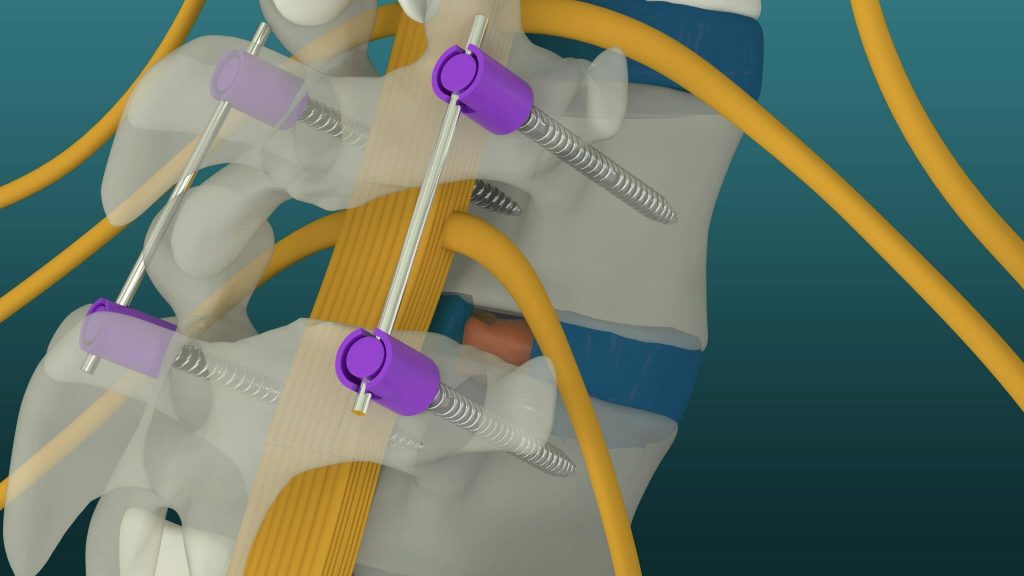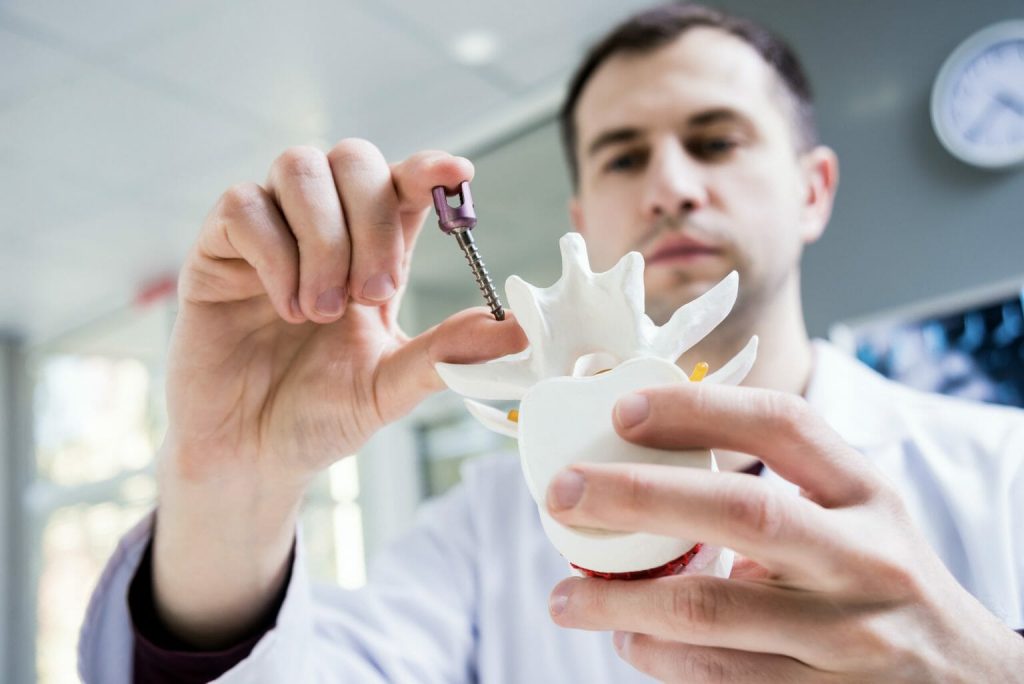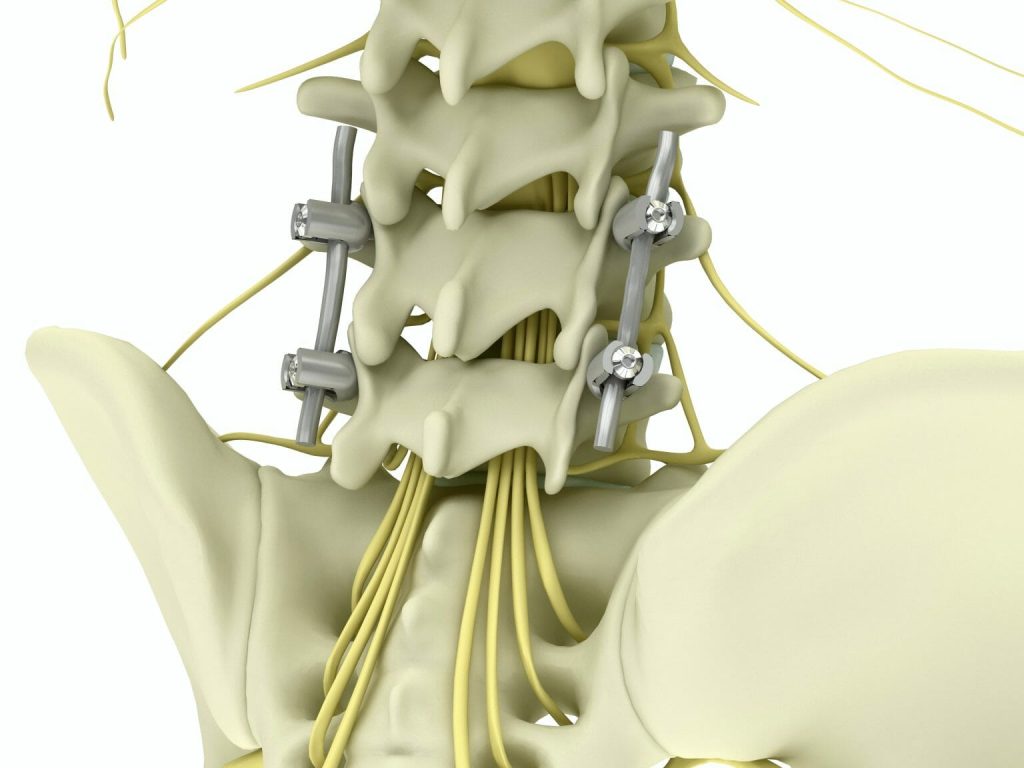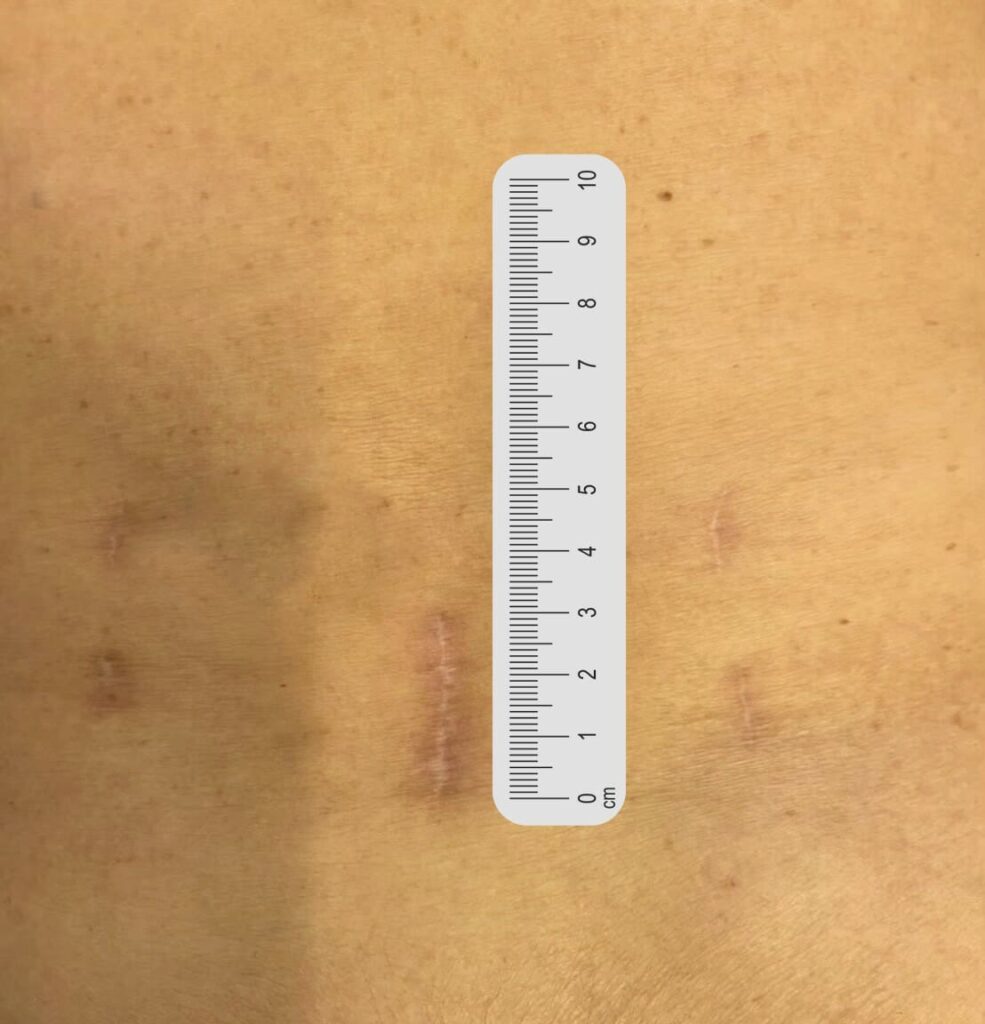Spondylolisthesis: Spondylolisthesis is caused by the instability of the spine. It usually starts with a degenerative of spinal disc, followed by spondylosis. As a result, the spine “moves” forward more than usual, causing narrowing of the spinal nerve cavity that leads to entrapment neuropathy. It is more common in females than in males and most commonly found in the 4th and 5th lumbar facet joints (L4-L5) because they carry a lot of weight and are very active joints. As a result, the patient has back pain along with pain in the legs, numbness, claudication , or the inability to control the excretory system.
- Why are bones an important part of the body?
- Spondylosis
- Spinal Stenosis

Patients with a herniated disc will have apparent symptoms such as numbness in the area where the nerve is pressed, which will be more painful when walking continuously for a long time. If such symptoms are found, it is best to seek medical attention for diagnosis and treatment.

What symptoms should be treated with spinal fusion?
This treatment is usually used for patients who have been taking pain medication but their pain has not improved or for patient groups with contraindications to pain medication, such as kidney disease patients and patients with severe low back pain or neurological symptoms related to spondylolisthesis, such as weakness, or an inability to control the excretory system, which may affect the patient’s daily life and may require surgical treatment.
Spinal fusion is one of the treatment methods for spondylolisthesis. It is done on the lumbar spine but can also be used on the cervical spine and thoracic spine. Patients who undergo the spinal fusion method often have problems with nerve restraint or severe and chronic pain due to spondylosis conditions. This causes spondylolisthesis, instability, and spinal deformity, which require surgery to connect the spine joints to create strength and stability and improve back pain.

Endoscopic TLIF: New Technique for Spondylolisthesis Treatment with Small Wounds
Minimally Invasive Transforaminal Lumbar Interbody Fusion, or MIS TLIF, is a treatment method for spondylolisthesis that uses a surgical procedure to connect two or more spinal joints to stop the dislocation of the vertebrae, reduce pain from dislocation of the vertebrae, and remove the nerve pressure with less traumatic techniques. Therefore, special tools, such as percutaneous screws and a navigation system for screw guides, are required.
This method of treating spondylolisthesis involves making a small incision about 3 millimeters behind the spine, inserting the device into the spine, and relieving pressure on the spine. The doctor will perform this while using an endoscope to magnify the image of the operative position. After that, the peek will be inserted through the wound that takes out the spinal disc and the fascia pressing on the nerves. Then, the interbody fusion is conducted with percutaneous screws, working with the navigation system to identify the position of the screws and implants to achieve accuracy and precision in the position, which does not affect the nerves nearby. This MIS TLIF surgery takes about 2–3 hours.

If you have back pain regularly, that is the beginning of a weak bone. The most prominent symptom of the disease is that the patient will have numbness in the area where the nerve is pressed. This causes more pain when walking continuously for a long time. The back pain will increase until the patient cannot walk anymore. If such symptoms are found, it is recommended to see a doctor for a physical examination or further consultation so that the doctor can create a correct and appropriate treatment plan for sustainable healing.




